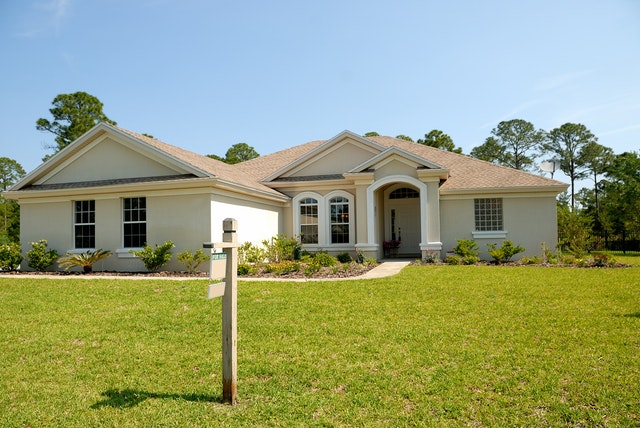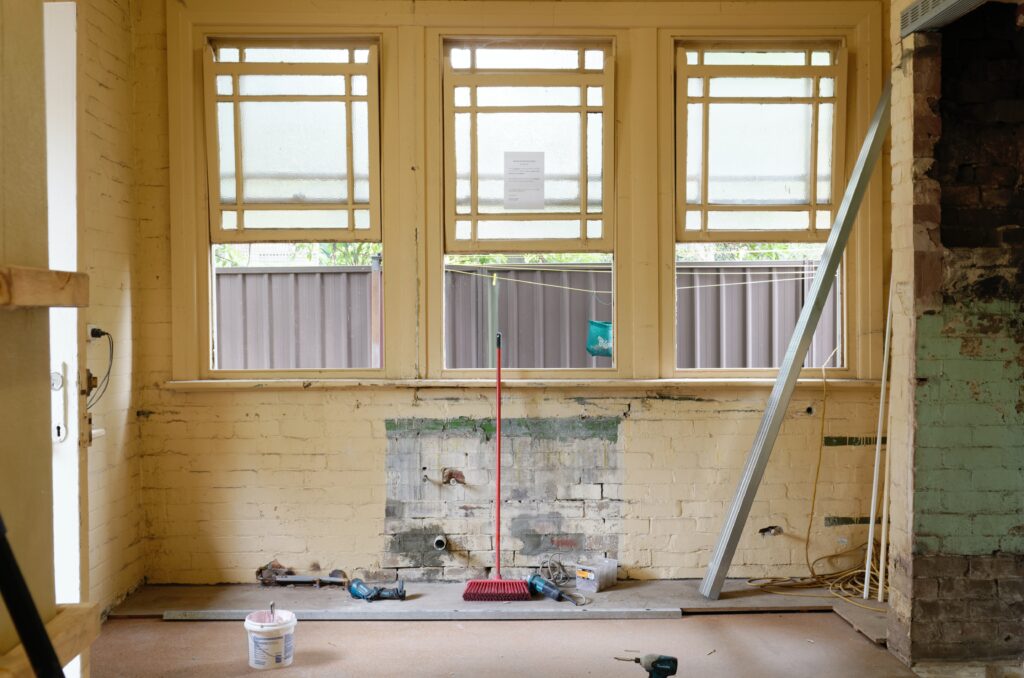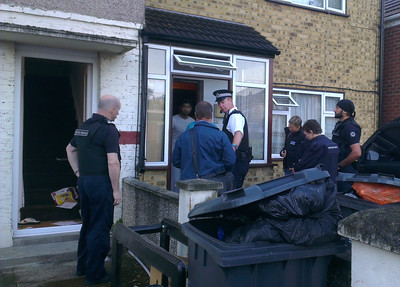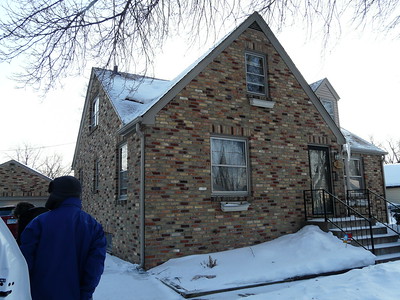
While house-flipping is potentially very profitable, there’s an expensive catch.
You might have to pay a self-employment tax, which is a whopping 15.3% of your profit. That’s a significant amount of money that can go to your next vacation or property you want to flip!
Nevertheless, there is a way to set up your business in such a way that you’re not required to pay the tax. Let’s take a look at how an S Corp election can help you pocket more of your flipping profits.
Why House Flipping is Subject to Self-Employment Tax
While the usual real estate investments such as buy-and-hold are considered a passive activity, flipping homes conducted in a limited liability company (LLC) are active transactions—required to pay self-employment tax on top of the income tax.
Let’s define these two things that come with flip-and-fix projects.
Active Income. Active income applies to anybody who runs a business where one earns ordinary income from performing a service or selling a product. Business owners must pay the 15.3% self-employment tax up to a net profit of $128,400. (Beyond this threshold, you’ll only pay 2.9% as the Social Security portion of the self-employment tax is removed.)
Self-employment Tax. In essence, self-employment tax is similar to payroll taxes withheld from an employee’s wages. For self-employed individuals like house flippers, however, they must cover both the employer and employee portion of the tax. In addition, members of an LLC taxed as a partnership are considered self-employed individuals—which means their earnings will be subject to self-employment tax if they participate in the partnership’s trade.
The 15.3% self-employment tax of your gross salary does chip away at every dollar you earn. Moreover, 15.3% comes in before including the marginal tax rate from the federal and state perspectives. For example:
So, naturally, we want to find a way to save on taxes. One way is to run your flip-and-fix business out of an S Corp instead of an LLC or C Corp. Let’s talk about how you can do this.
How an S Corp Election Can Save on Taxes
First, set up an LLC or C Corp, then elect to have it taxed as an S Corp. Said structure is a tax entity or federal tax election—not a legal one. It’s not for asset protection but for reducing your exposure to tax.
By conducting your business this way, self-employment taxes only apply to a “reasonable salary,” and you’ll pay the remainder of your income as a dividend—not subjected to self-employment taxes.
Here’s how it’ll go: Set up the S Corp, set up payroll, and begin paying yourself a W2 wage. The self-employment tax will only apply to the W2 wage, and the rest of the income will be considered a cash distribution or cash dividend. Of course, you can only do this with an S Corp route.
Take a look at how the situation now changes and how much you can save:
If you earn $100k with no S Corp (either as a Sole Proprietorship or an LLC), you’ll report your income as Schedule C. You’re going to pay $15,300 on self-employment taxes even before the marginal tax rate or state taxes come into play.
However, if you’re taxed as an S Corp, you can pay $50k to yourself as a W2 wage and have the other half as a cash dividend. With the $100k split up, half of it won’t be subject to the 15.3% tax—and you can pocket $7,650 just like that.
Just remember to never pay yourself the entire profit in W2 Wages. The whole point of setting up an S Corp is to help you reduce taxable income!
Conclusion
There are so many other factors that will come into play, so make sure that you talk to your accountant before considering this tax election for your flipping business. You may be able to amend your LLC to take advantage of this technique or establish a new LLC to start conducting your business as S Corp from the get-go.
Either way, it’s a good strategy to save on taxes legally!
Image courtesy of Jopwell
What do you think of this technique? Any additional tips on how to save on taxes?











